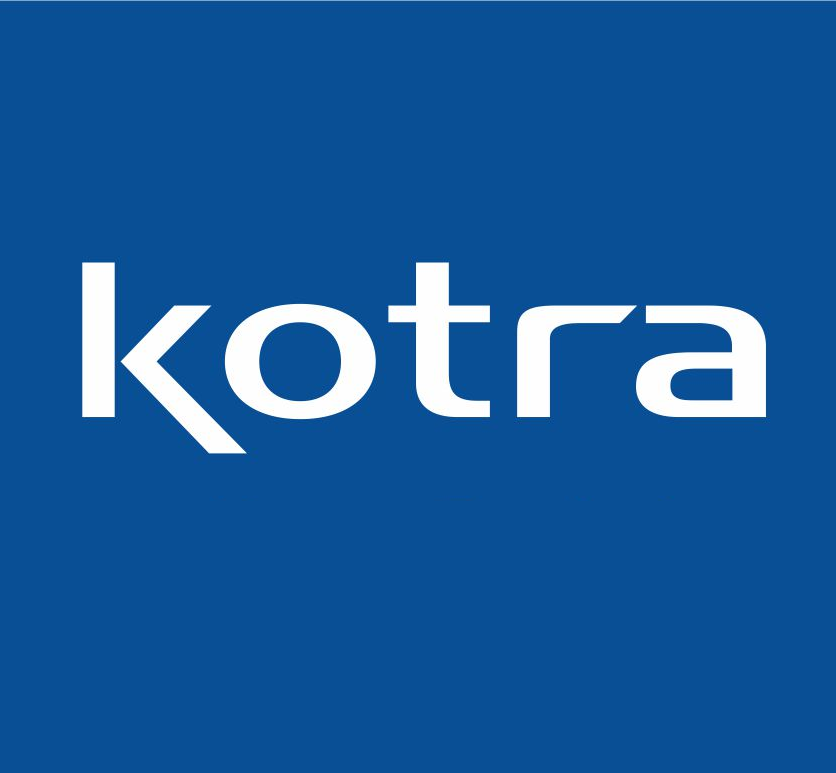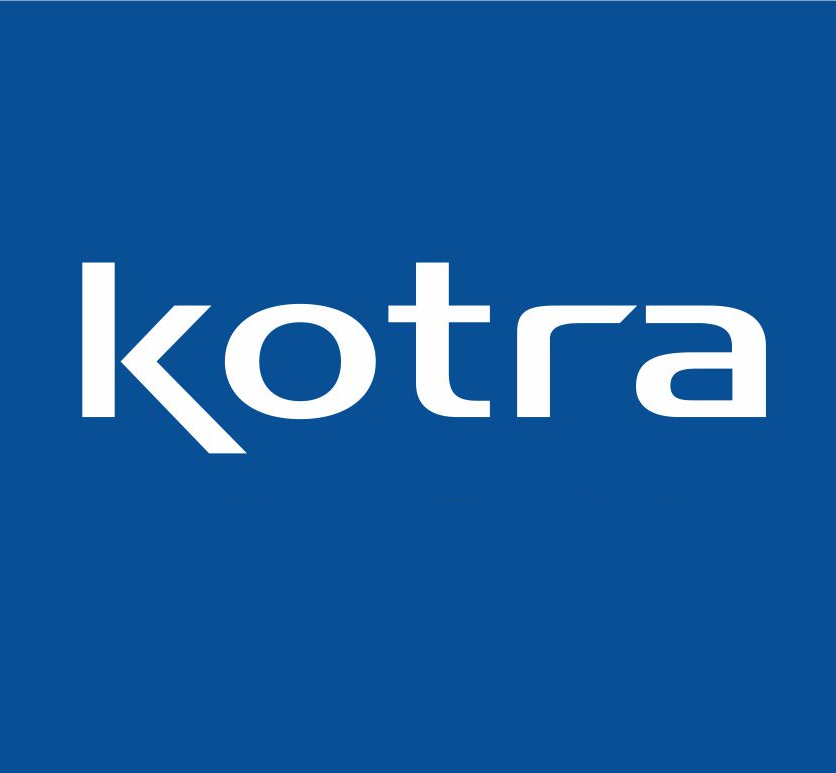The Nordic plastic packaging film market is undergoing a technological transformation, driven by innovation, consumer demands, and regulatory pressures. Advances in polymer technology and film processing are enabling the production of packaging solutions that are more durable, lightweight, and environmentally friendly. This evolution is particularly significant in Nordic countries, which emphasize sustainability, efficiency, and consumer safety.
Modern plastic films in the Nordic market are increasingly multilayered, combining polypropylene, polyethylene, and PET to achieve superior barrier properties. These films are used across food, beverage, pharmaceuticals, and industrial packaging sectors, offering protection against moisture, oxygen, and external contamination. Innovations in barrier films have also allowed manufacturers to reduce thickness, lowering material consumption and carbon footprint without compromising performance.
Smart packaging is another area witnessing significant growth. Films embedded with temperature indicators, freshness sensors, or QR codes offer additional value to both businesses and consumers. Such innovations enable real-time tracking of product conditions, reduce waste, and enhance supply chain transparency. Furthermore, these films align with Nordic consumers’ expectations for transparency, safety, and sustainability.
Sustainability is a core driver of innovation in the Nordic market. Biodegradable, compostable, and recyclable films are gaining traction, supported by regulatory incentives and growing environmental awareness. Companies are investing heavily in R&D to develop high-performance eco-friendly films that meet the rigorous standards of food safety and industrial applications. Collaborative initiatives between industry players and academic institutions further accelerate innovation, leading to next-generation polymer films capable of safe degradation or closed-loop recycling.
Consumer demand continues to shape technological development. Nordic consumers prefer brands that adopt sustainable packaging and demonstrate environmental responsibility. Retailers and food producers are therefore prioritizing films that meet these criteria, including recycled content, minimal material usage, and eco-friendly coatings. These preferences drive innovation in film design, material composition, and processing technologies, positioning sustainability as a critical competitive advantage.
The region’s advanced manufacturing infrastructure supports these technological innovations. State-of-the-art production facilities, combined with automation and precision extrusion techniques, ensure high-quality output and efficiency. Companies are also exploring customization options, offering films designed for specific product categories or performance needs, which further differentiates them in a competitive market.
In conclusion, technological innovation is redefining the Nordic plastic packaging film market. Advances in multilayer films, smart packaging, and eco-friendly materials are creating new opportunities while meeting evolving consumer and regulatory expectations. Companies investing in R&D and sustainable technologies are well-positioned to capture long-term growth in a market increasingly driven by innovation, efficiency, and environmental responsibility.


